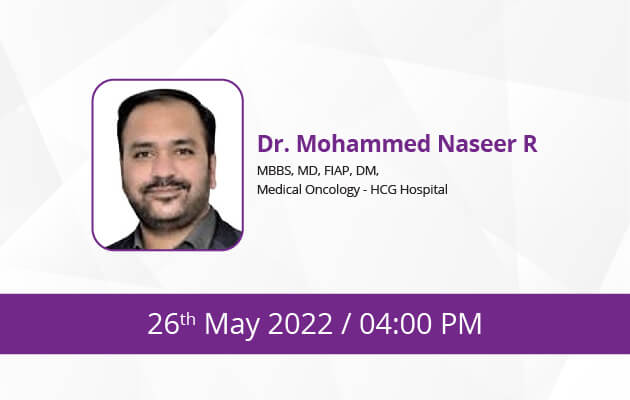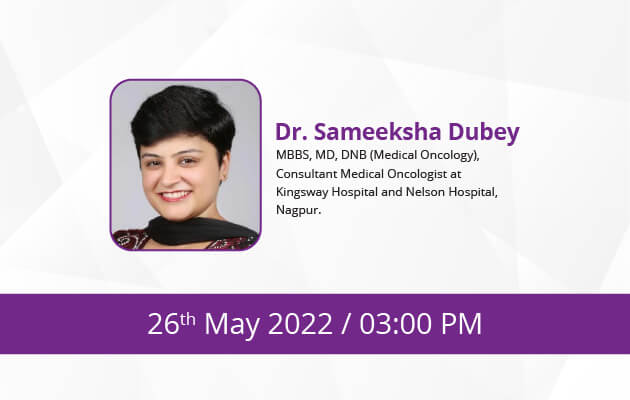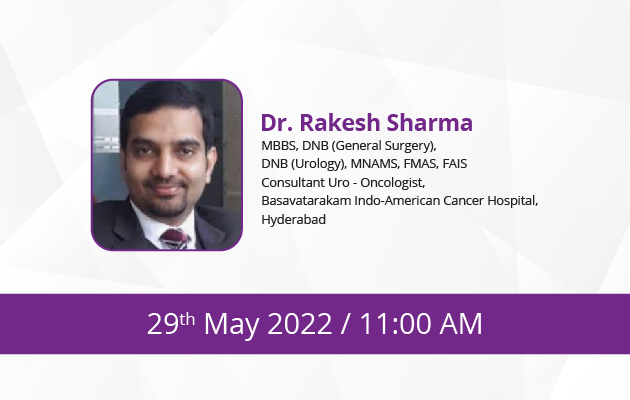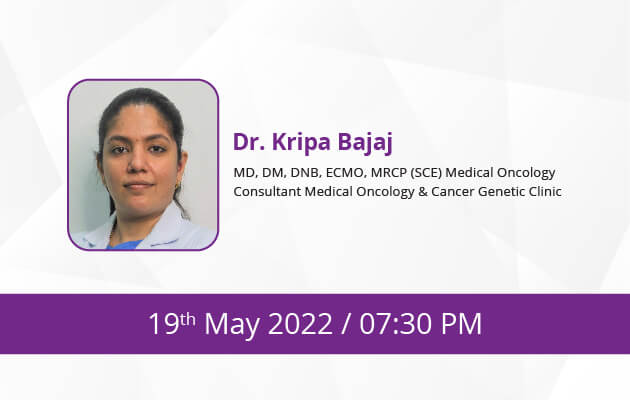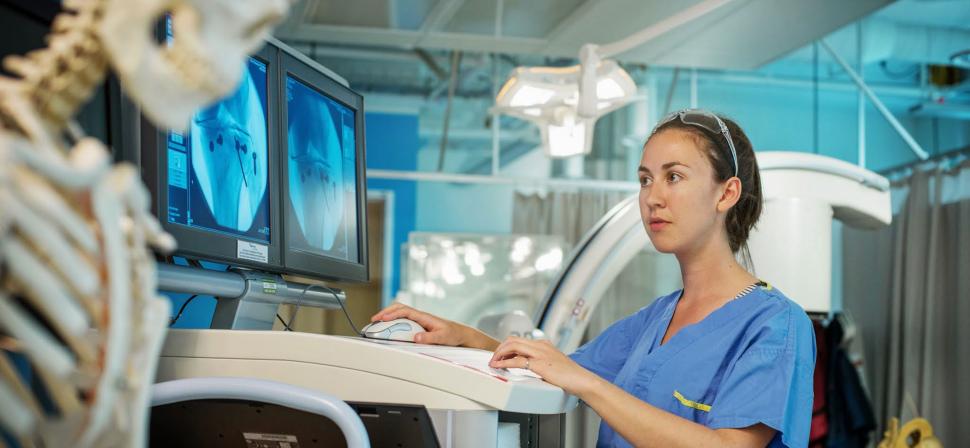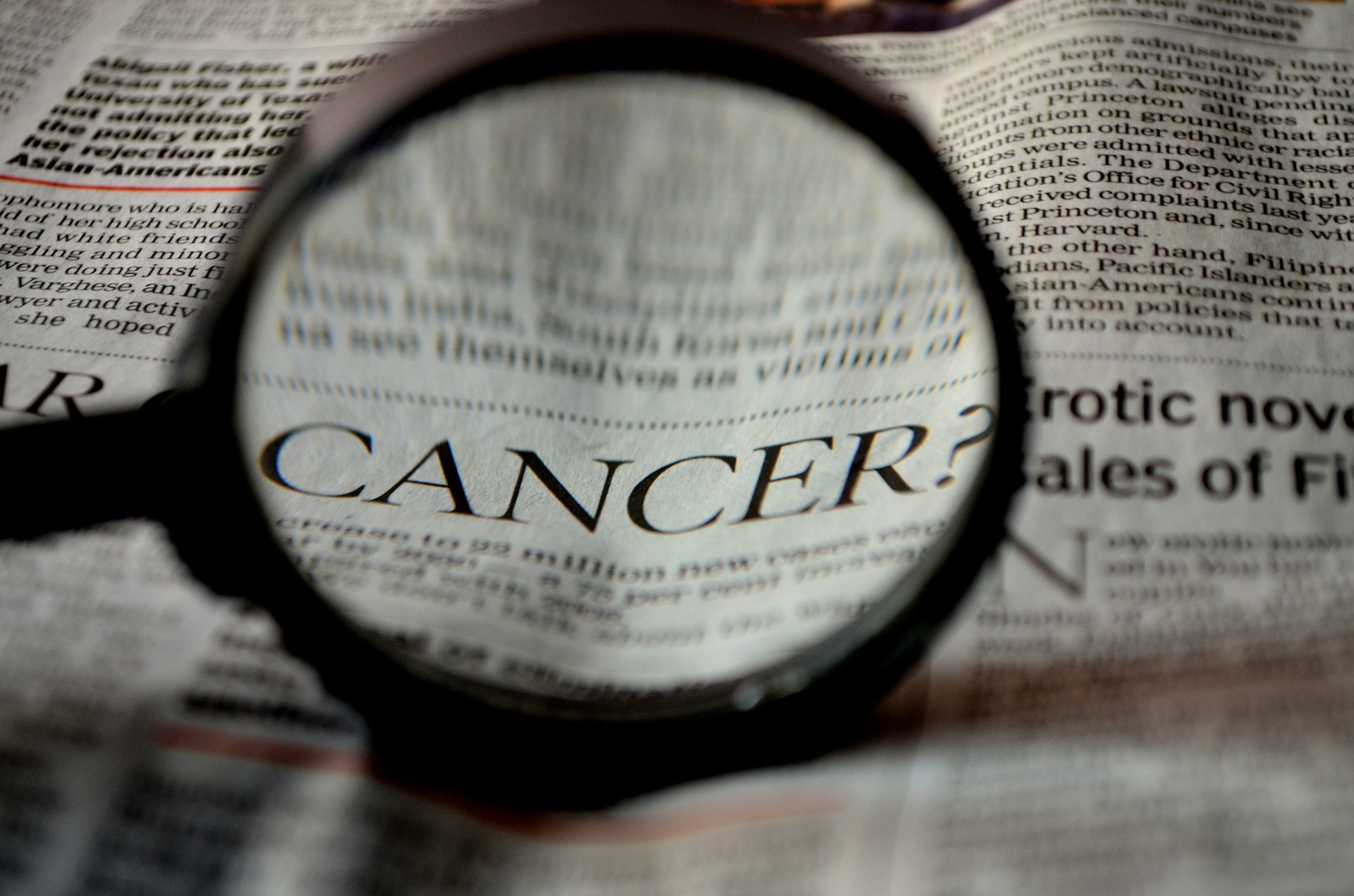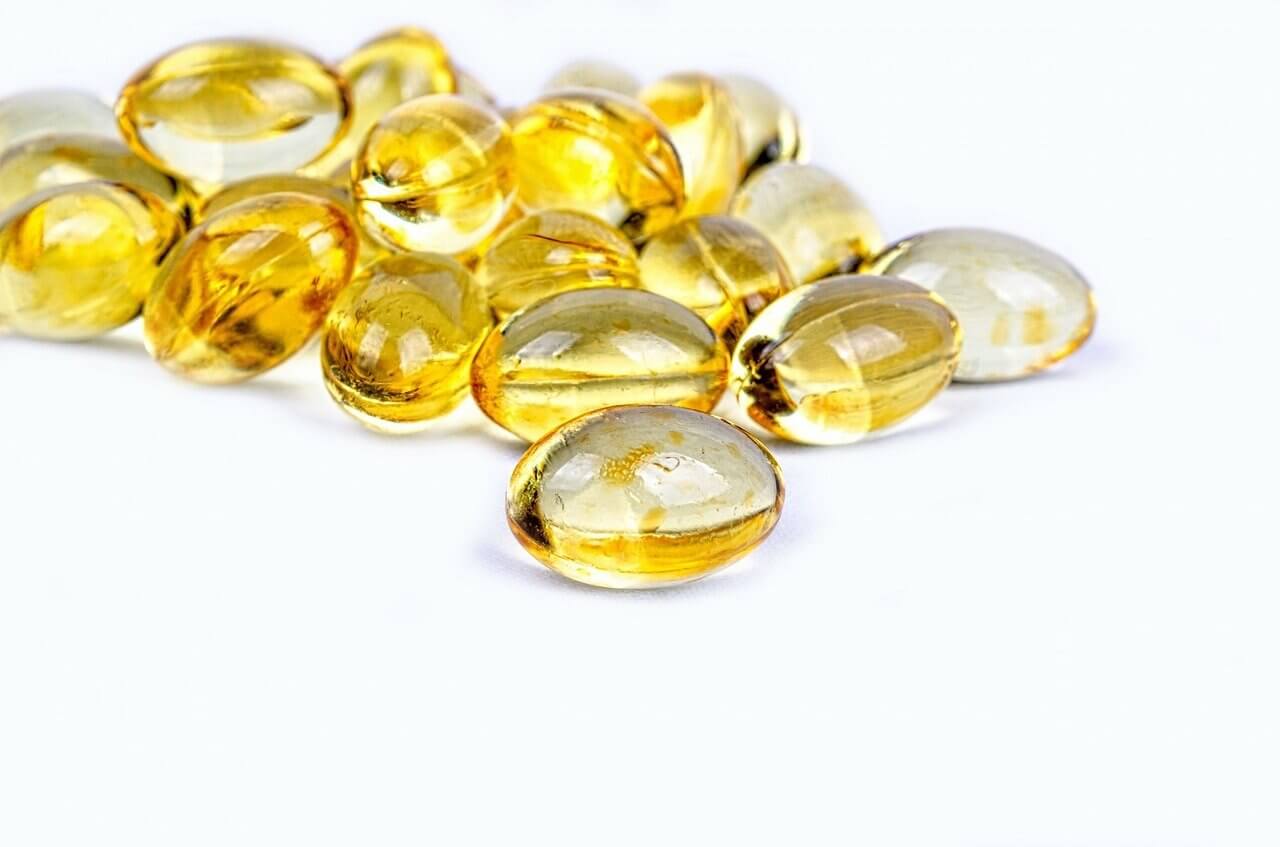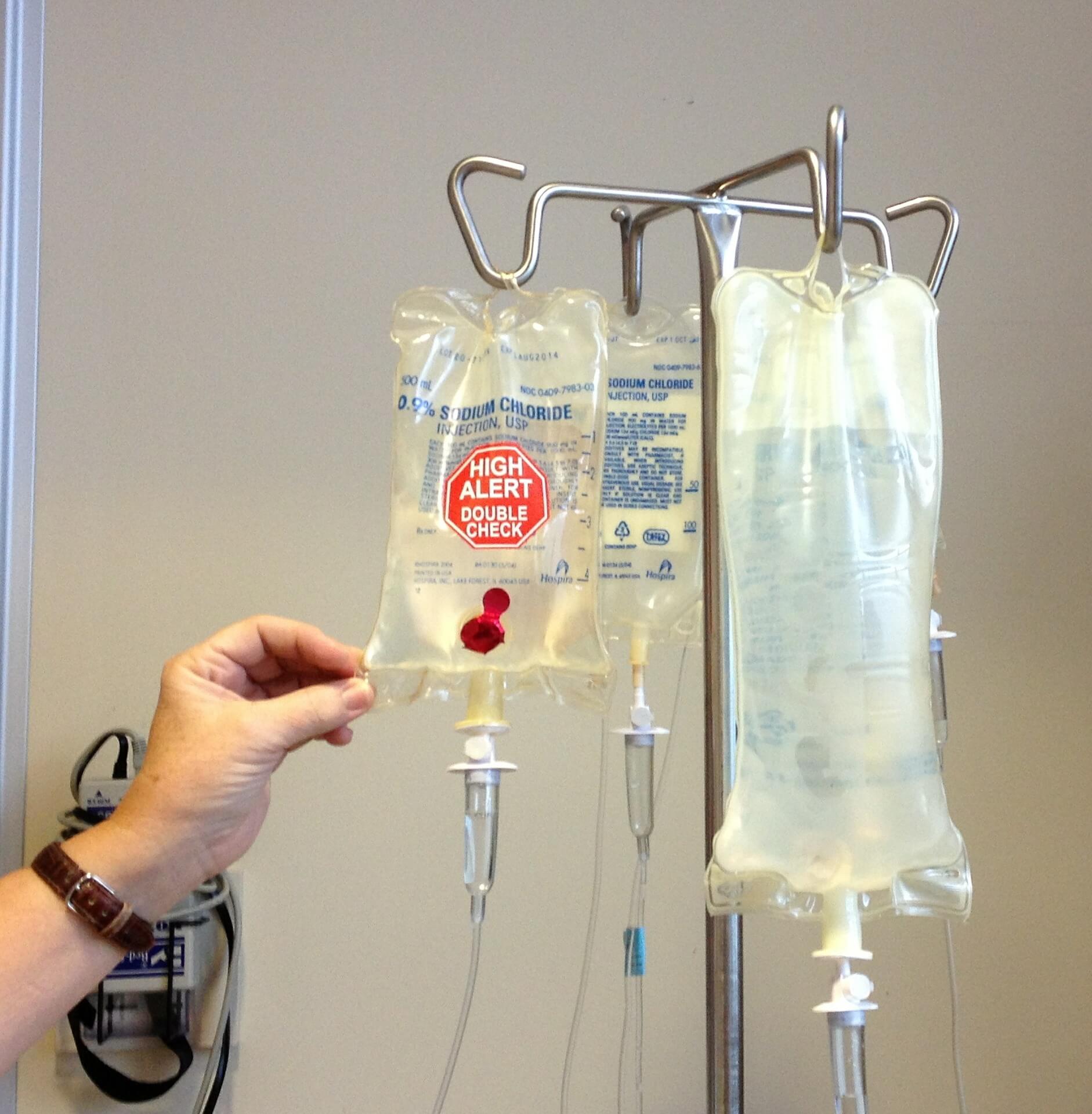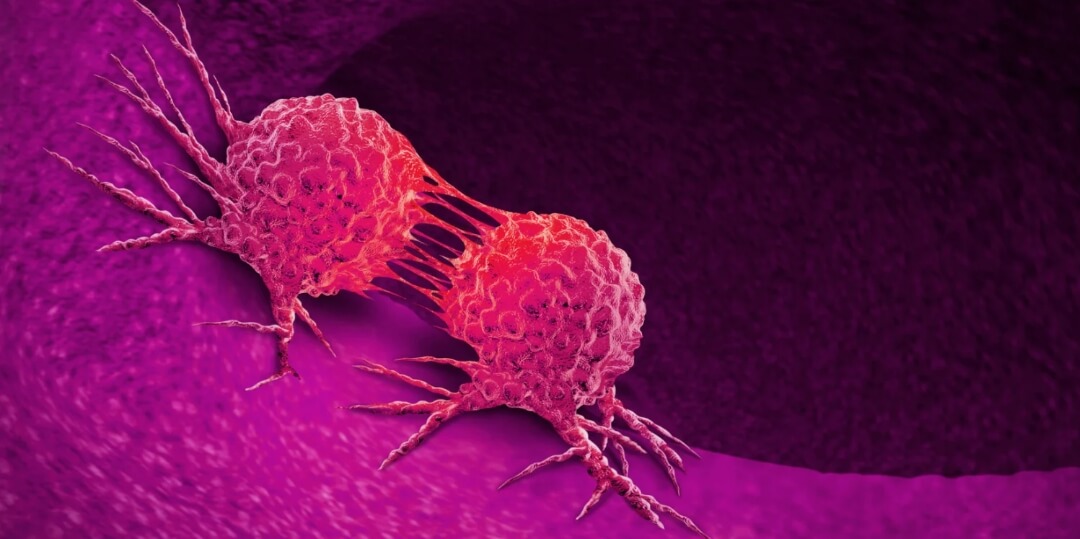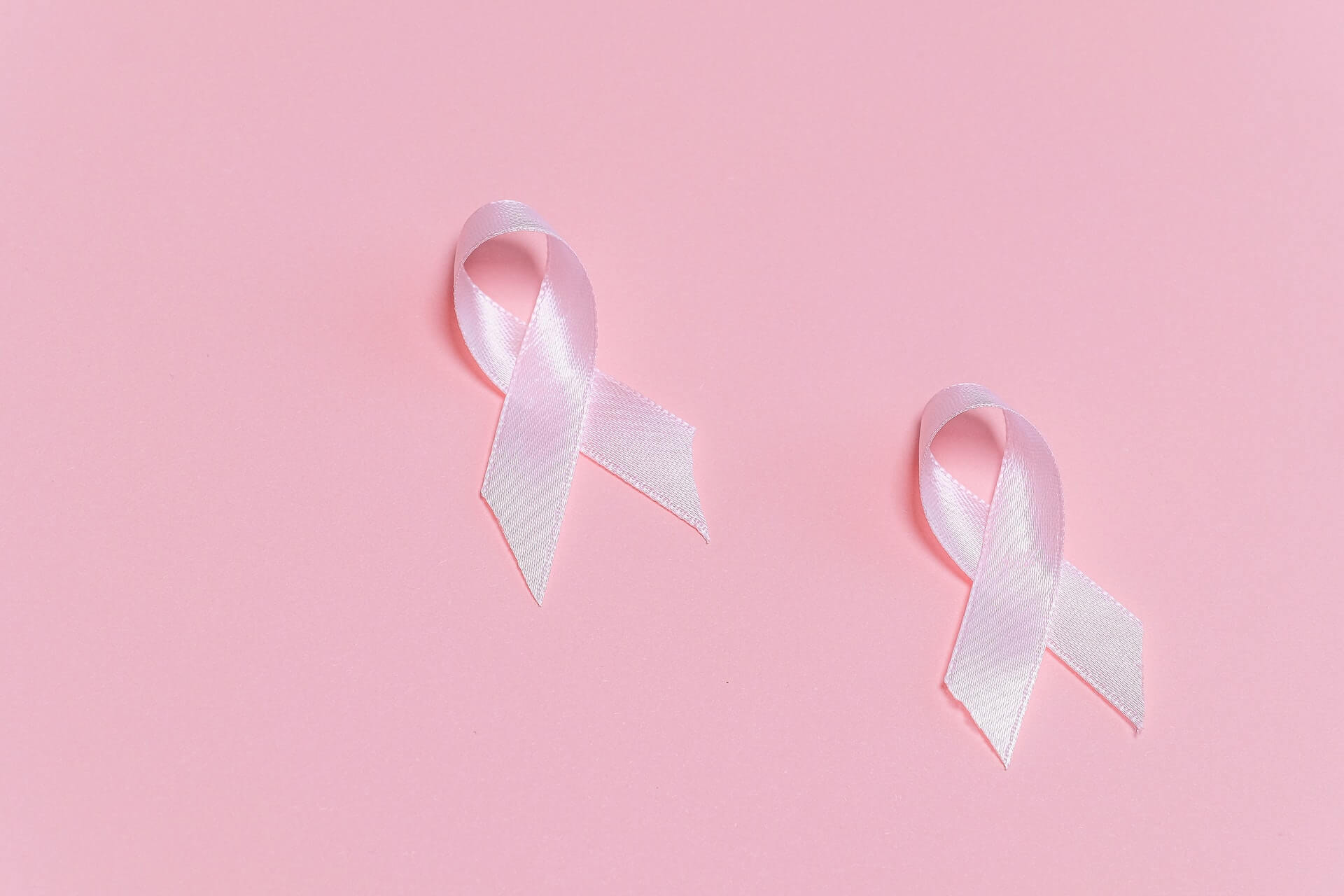
Skin Cancer Awareness Month :Keeping your skin safe
May is observed as Skin Cancer Awareness Month. Skin Cancer Awareness is represented by the color black. Skin Cancer Awareness Month campaigns to inform you about the causes, risks, and treatment of skin cancer in its various forms. It is also the deadliest type of skin cancer and is currently ranked the 19th most common cancer worldwide, though that varies widely by country.
Skin cancer is highly treatable when detected early, Skin Cancer Awareness Month encourages people to visit a certified dermatologist, If a person notices any new spots on your skin, spots that are different from others, or spots that are changing, itching or bleeding. The older you get, the higher your chance for developing skin cancer. It is a common misconception that skin cancer and melanoma are one and the same but melanoma is just one type of skin cancer.
The main types of skin cancer:
- Basal cell carcinoma (BCC)
- Squamous cell carcinoma (SCC)
- Melanoma
- Actinic keratosis (AK)
You can reduce your risk by:
- Seeking shade when appropriate, remembering that the sun’s rays are the strongest between 10 a.m. and 2 p.m.
- Wearing sun-protective clothing, such as a lightweight and long-sleeved shirt, pants, a wide-brimmed hat and sunglasses with UV protection, when possible.
- Applying a broad-spectrum, water-resistant sunscreen with an SPF of 30 or higher to all skin not covered by clothing. Remember to reapply every two hours or after swimming or sweating.
Despite doctors’ efforts, cases of skin cancer are still on the rise. According to the World Health Organization, 2 to 3 million cases nonmelanoma skin cancer are diagnosed each year across the globe. More than 132,000 cases of melanoma are diagnosed.
Researchers say that the change in global climate is affecting skin cancer rates, too. Changes in the ozone layer mean more solar UV radiation is reaching Earth’s surface. Some experts estimate a 10 percent decrease in ozone levels could potentially lead to an additional 300,000 cases of nonmelanoma and 4,500 cases of melanoma.


